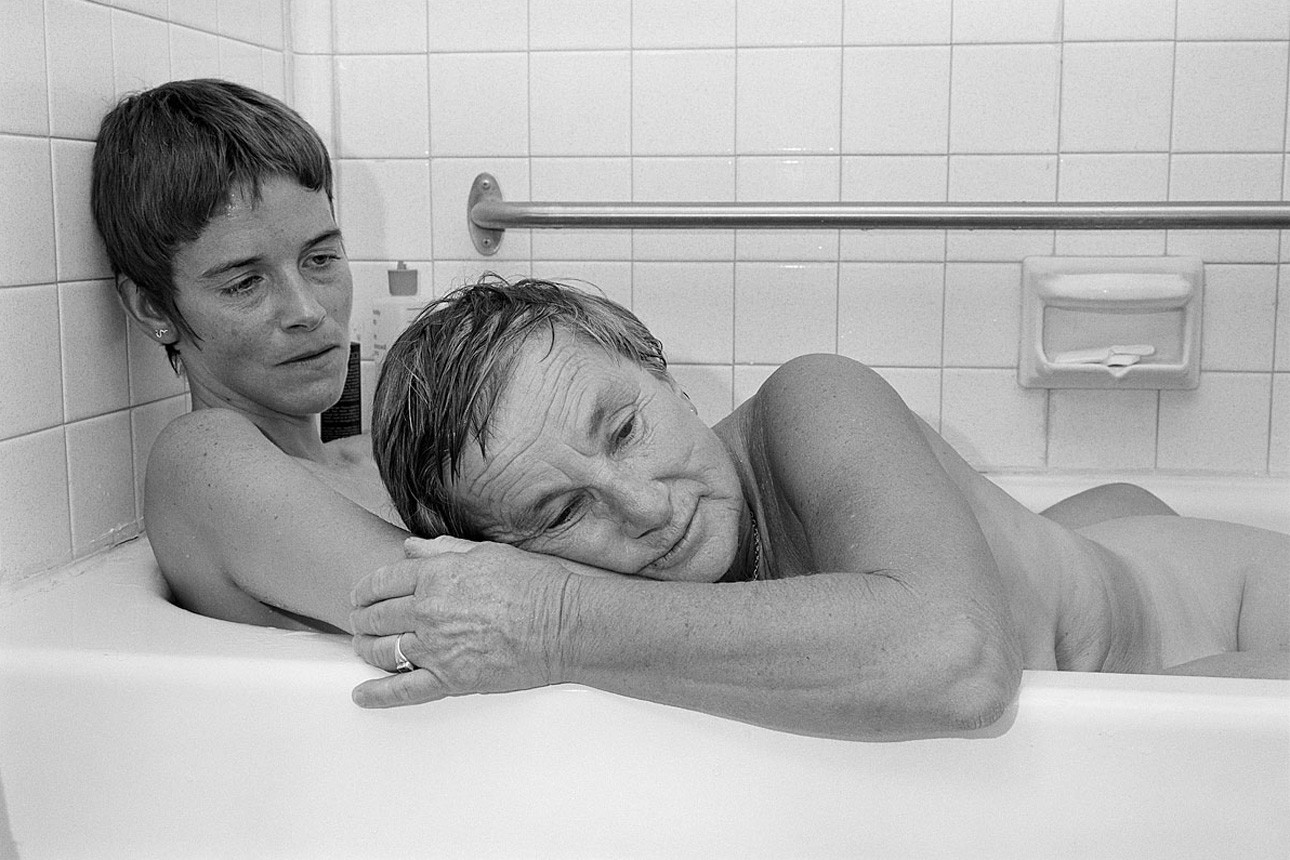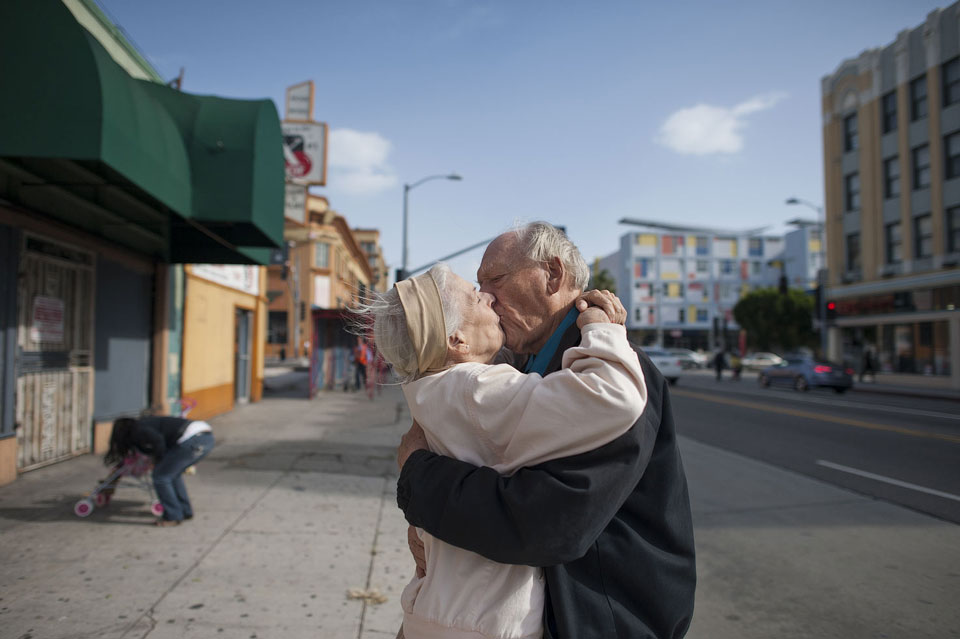
Intimate Strangers: Role-Playing in Hemya Moran’s Project

Born in Jerusalem, lives and works in Paris. Graduated from the Royal College of Art in London. Her projects were published in the British Journal of Photography, The Huffington Post, and Feature Shoot. She exhibited her works in Israel, the UK, and France.
This project called Intimate Strangers actually started from a film, Buffalo 66, written and directed by Vincent Gallo. The film tells the story of a released convict who kidnaps a teenage student on the way to visit his parents, in order to present her to them as his girlfriend. He forces her to pretend they’re in a loving and intimate relationship.
I suggest to randomly chosen strangers that they have an intimate acquaintance. I take photographs with them in their private space; their living rooms, bedrooms, bathrooms, backyards, and any place that’s scorched with their personal memory.
I request that they look at me, think about me, and remember me. The encounter is singular and short, and harbors a sensation of its infinite possibilities, a unique and magical moment overpowering the everyday stale and automated existence.
In every encounter I stage an intimate moment, an artificial acquaintance. I’m looking for affection in estranged environments, occupying a contradicting position both distant and involved, repulsed and attracted, feeling a sense of belonging and of loneliness all at once. During the course of my work I was able to produce these intimate moments in various environments, situations and with different individuals, to create privacy everywhere, and closeness with anyone.
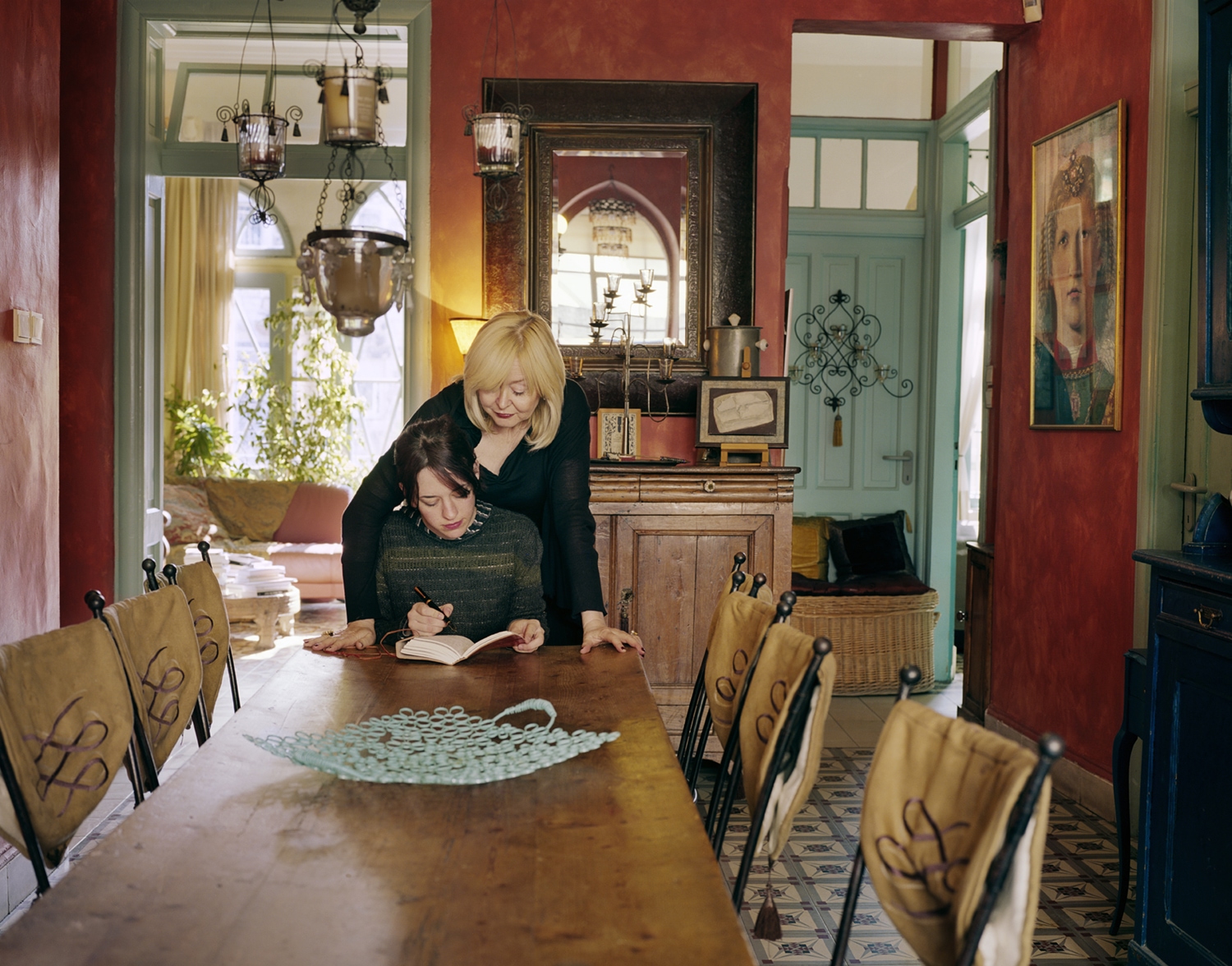
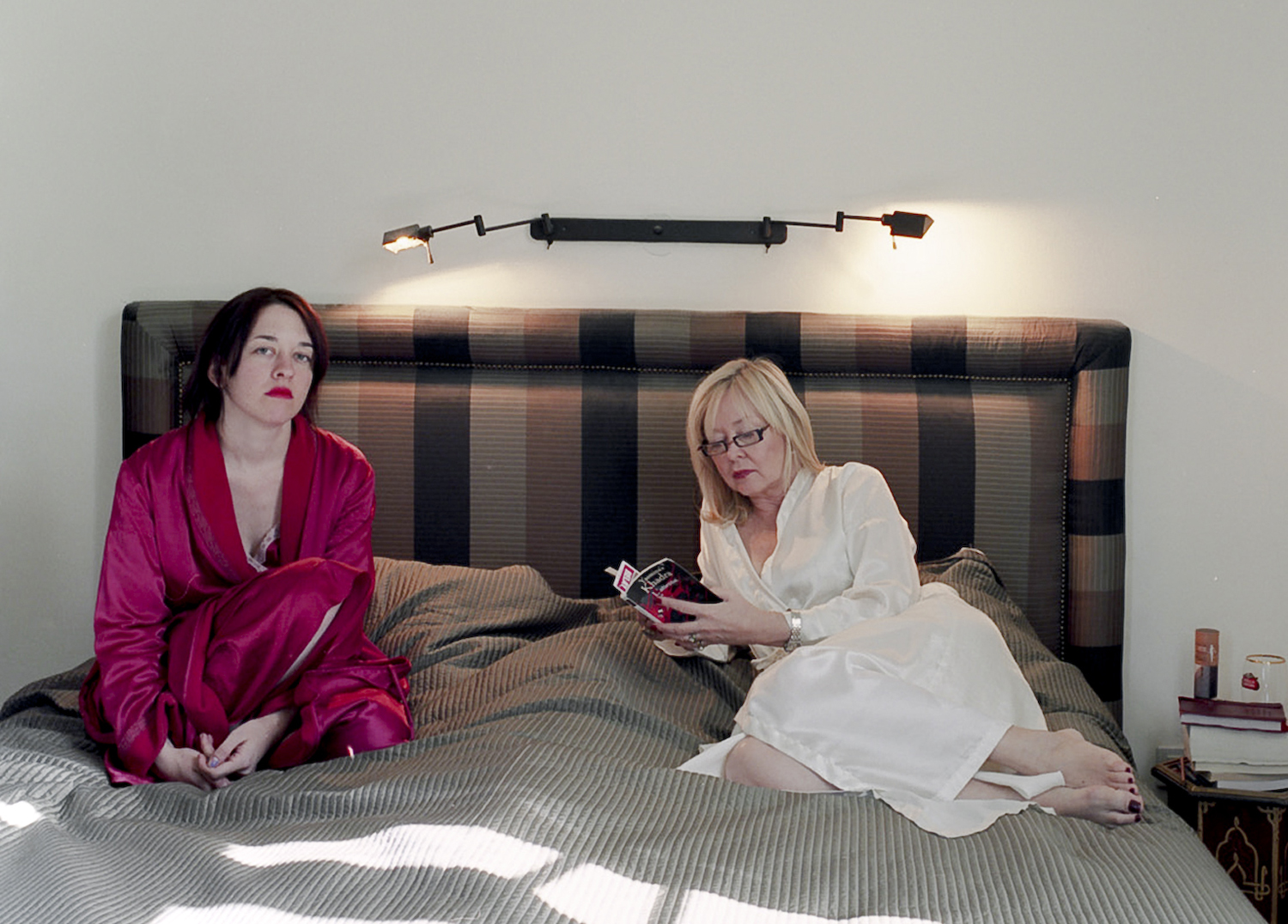

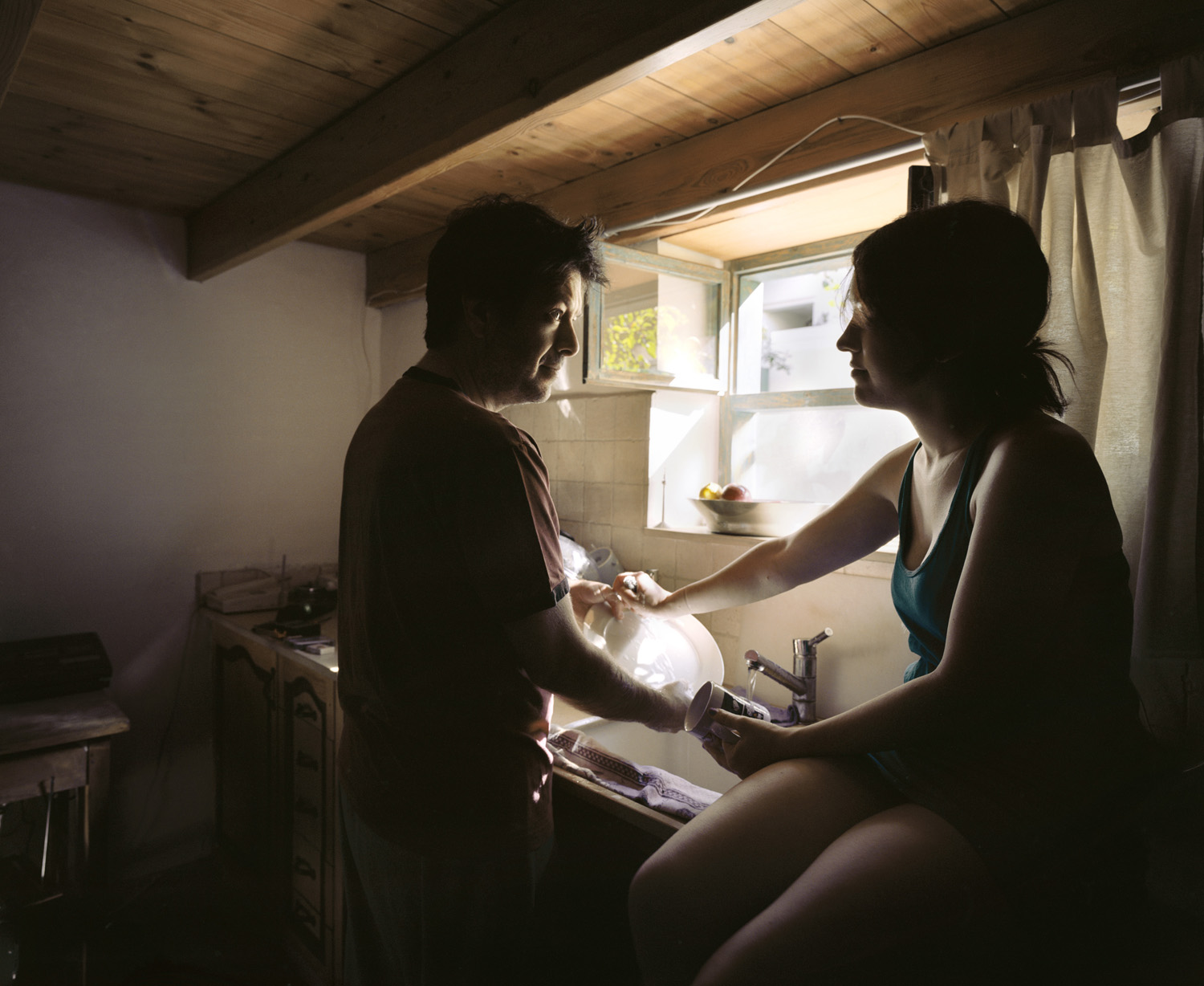

I chose people both from my natural environment — the cinema where I’ve worked in Jerusalem, or the pub in London. I also chose people randomly when wandering in the streets, asking if I could take photographs with them. Some of them seemed to me lonely as if they needed me. Others seemed so beautiful I wanted some of their beauty. Some just seemed hard to get and I’ve just had to get them, even if it was just for the moment of the shooting.
I never looked at these people as my models or at myself as their photographer. I wanted to immerse with them and participate in their most intimate everyday rituals. On several occasions, after this was done, I would suggest that we switch roles, requesting to be staged and photographed by them or their friends or relatives.
With some, I’ve repeated this process once every few months. With others, the encounters were brief and singular.

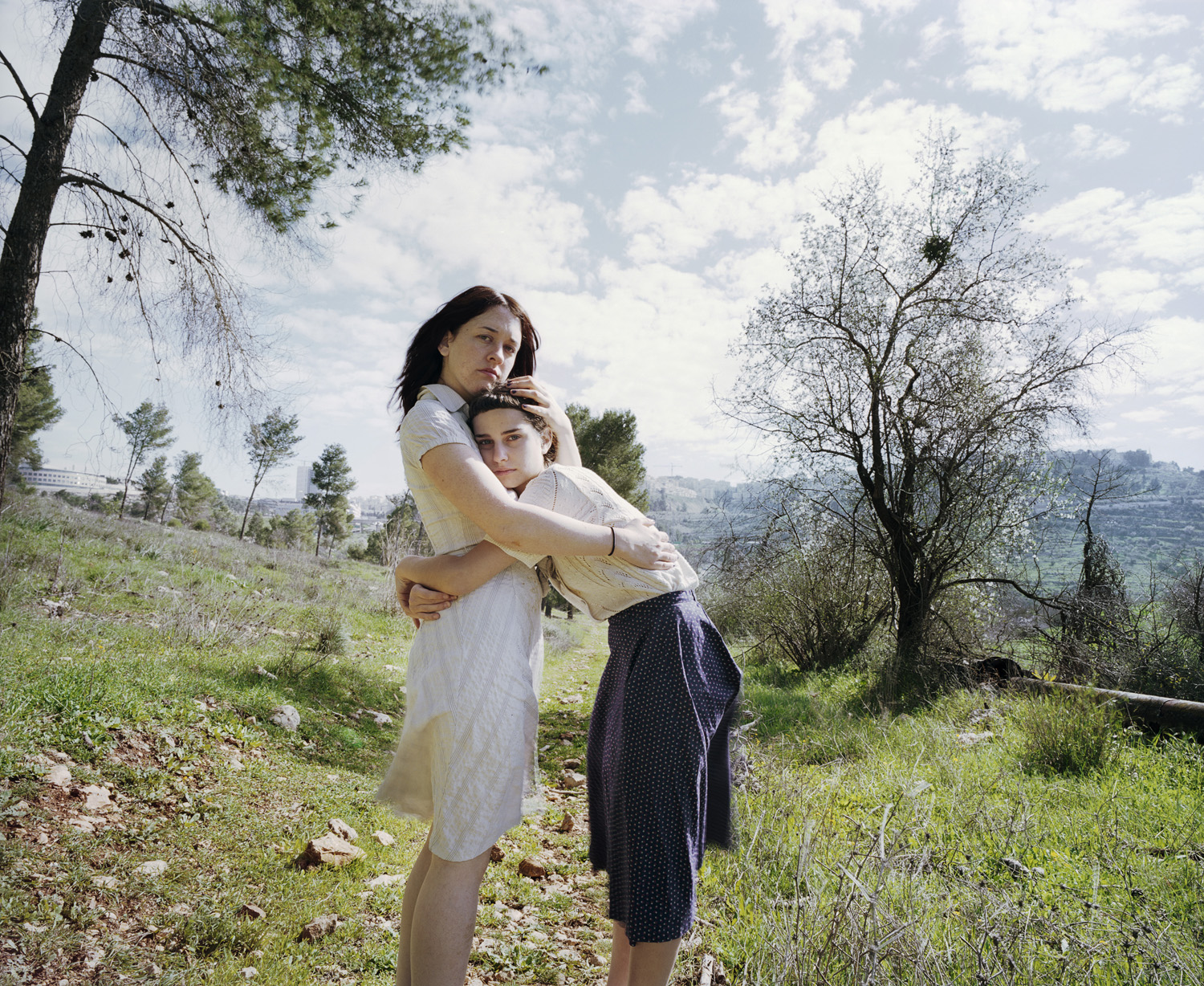
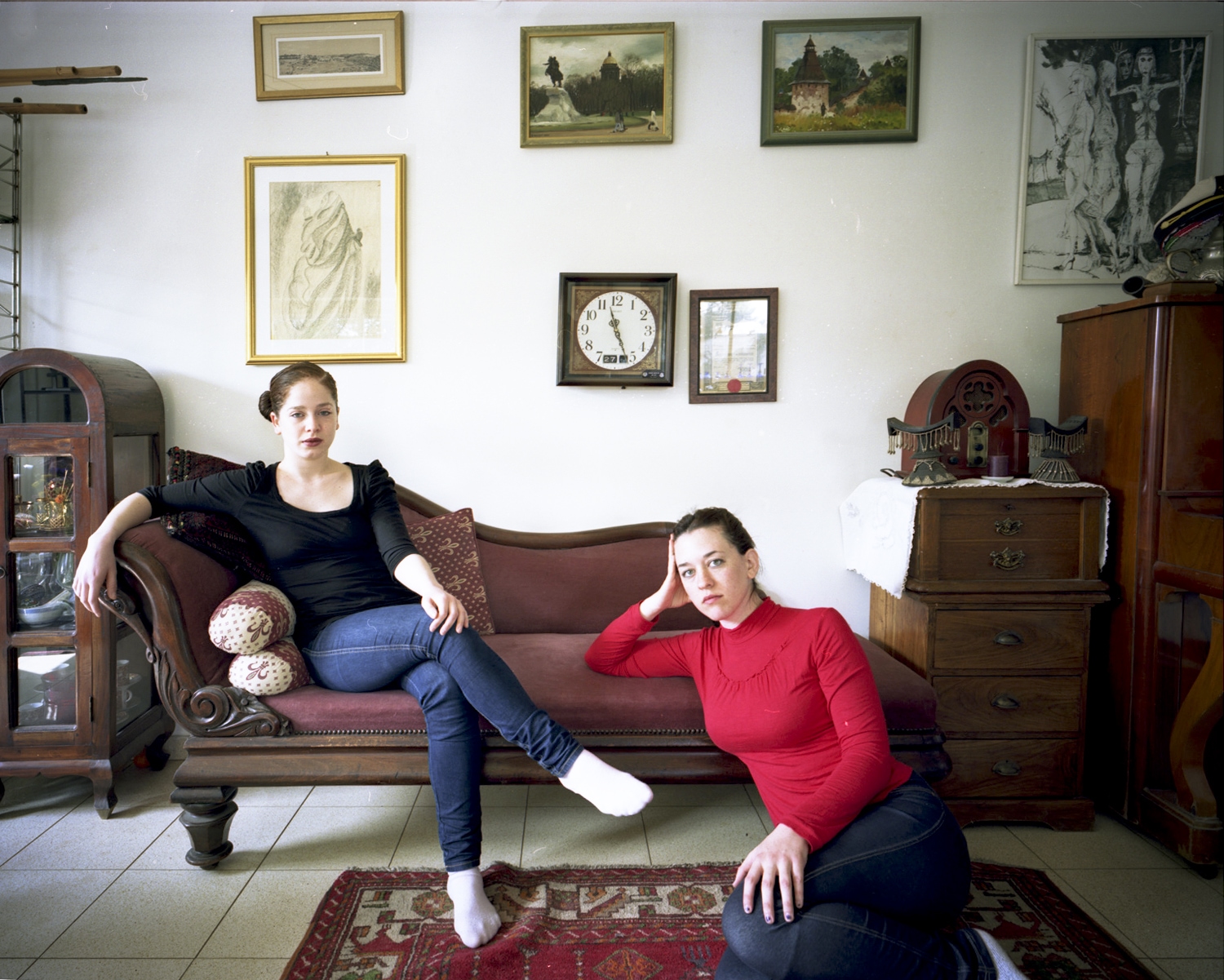


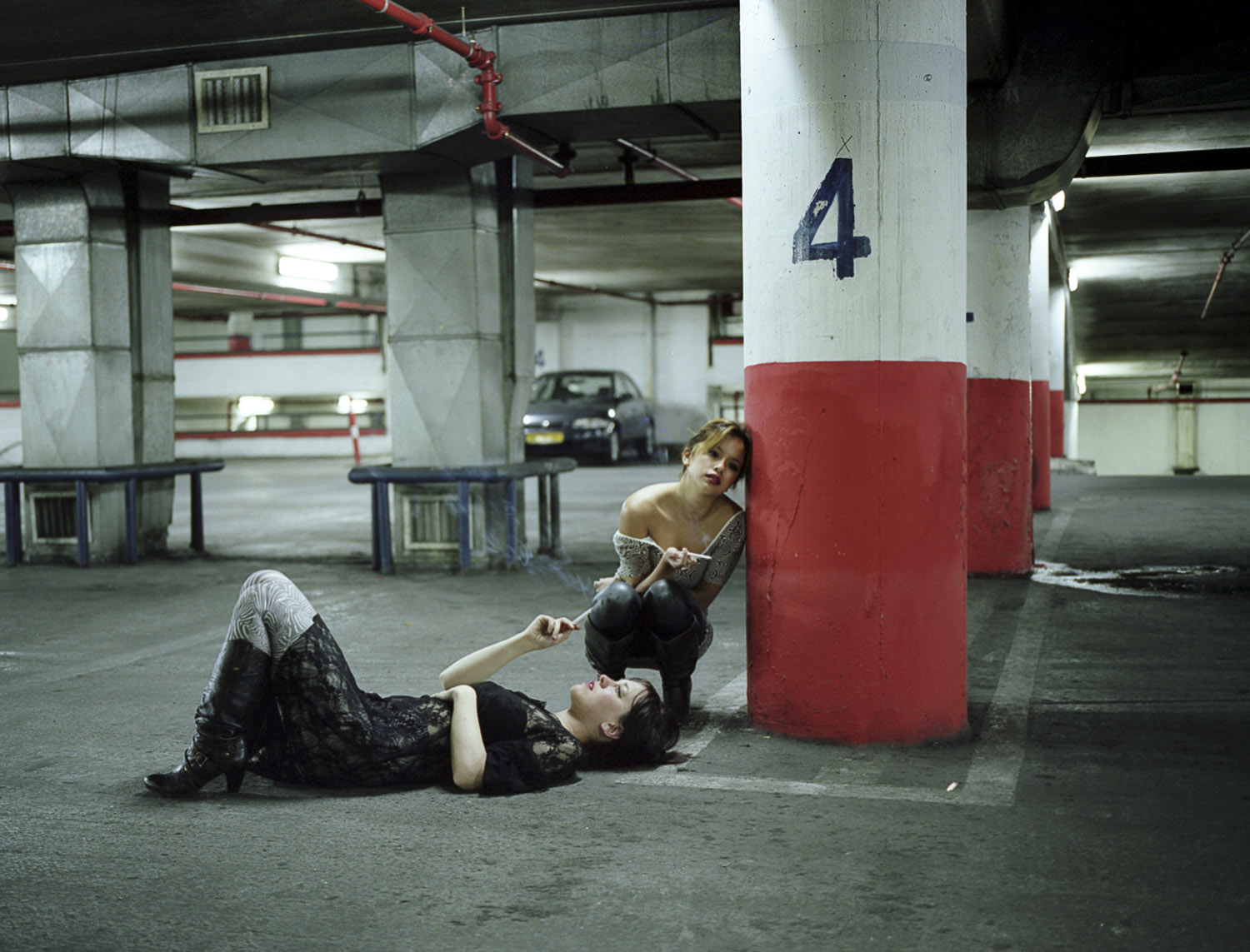
This idea of forced or fake intimacy bothers me. How is it that we might have come to believe the veracity of a shared photograph in social media?
Popularly shared stock images show a similar pattern, they mimic notions of ‘cool’ within the group, and appropriate the fantasy. Perhaps even 21st century capitalism is dealing in virtual brainwashing via ideal images and broken intimacy. The digital images have replaced real ties and connections. Through photography and creating these fake intimacies, I tell the story behind the disappointing, generic image, and I believe I turn it into an emotional story, a real and satisfying experience.





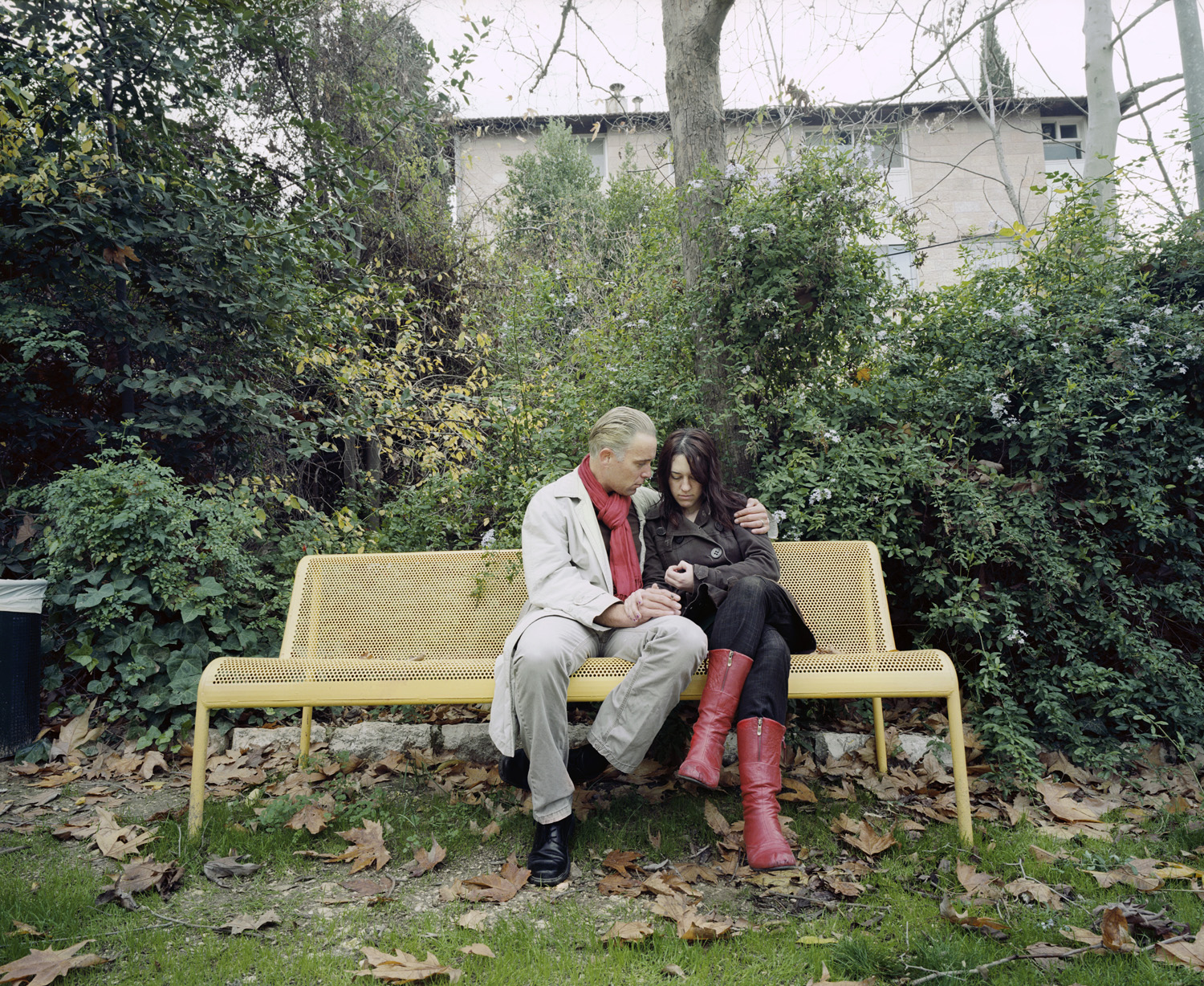
New and best
